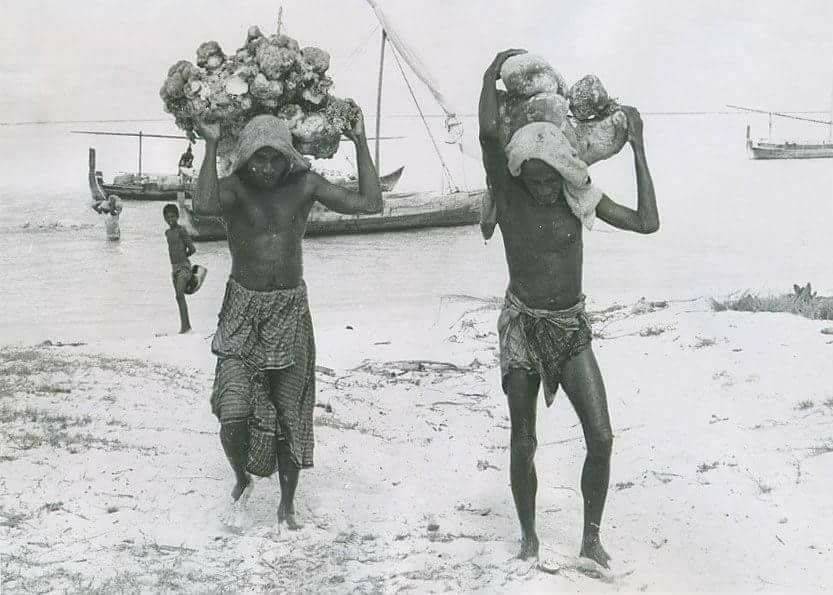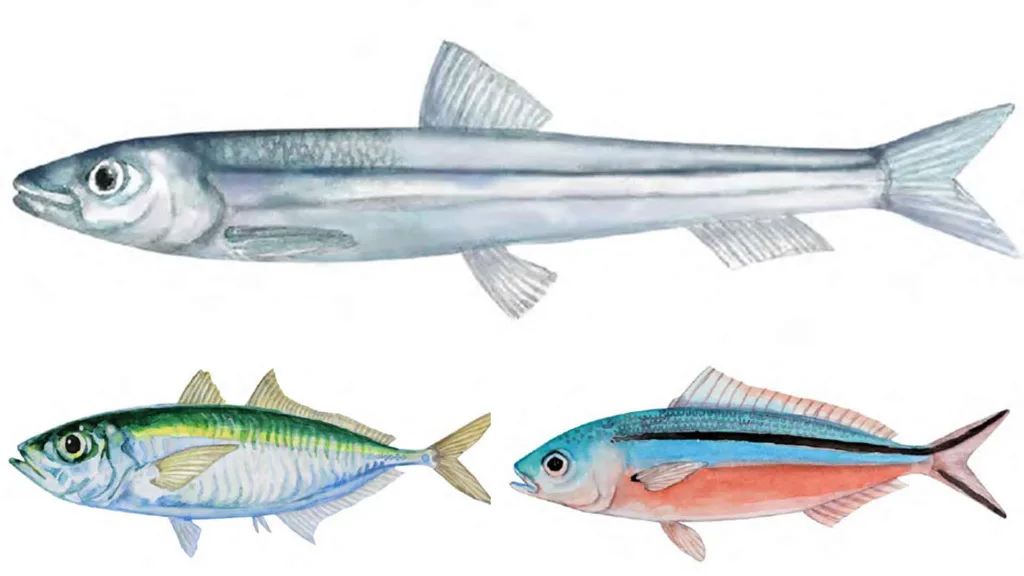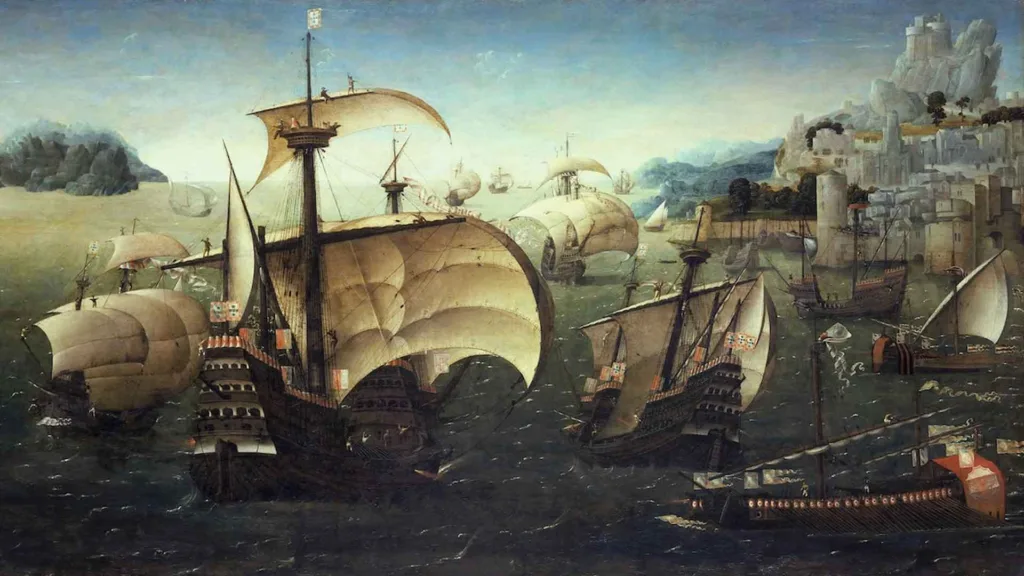
Various archaeological and heritage sites bear evidence that Maldives has been inhabited for at least two thousand five hundred years (Zaha, n.d). This unravels a rich cultural heritage. The people are creative and energetic. They built houses, mosques and creative fishing vessels. Building households was a work that tells the cultural marvel and dedication of its people.
The major raw materials used in the construction of these houses were coconut palm timber, sand stone, palm leaves, magū dhandi (Sea Lettuce tree) and Dhumburi dhandi (Cork wood). All these materials possessed characteristics that helped the dwelling to adapt to the hot and humid climate. The sand stone, which was used to lay the foundation, was easily collected from the beach area (Zaha, n.d).
Taking and collecting corals was an extremely difficult and daunting work. Men spent hours and hours under the blistering sun. People gathered on the beach to collect corals. The extensive work was carried out by men who formed into groups. Iron rods, axes, and hammers were used in this process.
They sang songs while indulging in this vigorous work. The daunting task was vital for their livelihood. Their courageous and dedicated work was carried out to build houses. The difficult work was not carried out solely for a specific person. It was a united effort for the whole community. It was a symbol of unity and love.
After several days of extensive labor, the rocks were kept on the higher ground to dry up. The exposure removes the salt and the pungent smell of the rocks. Then the rocks were transported to households or special places to break into irregular pieces.
The rocks were smashed using tools, especially koaraadi (axe), into pieces. People who were specialized in breaking corals carried out the work of breaking large corals into specific sizes. But they did not wear goggles and they carried out this difficult and dangerous work with bare hands. These skilled masters sat on a small wooden slab and hammered their axe on large rocks. They start the work in the morning and enjoyed the heavy work until the sunset. When the masters leave their coral breaking site, heaps of pieces of corals are left around the area.



